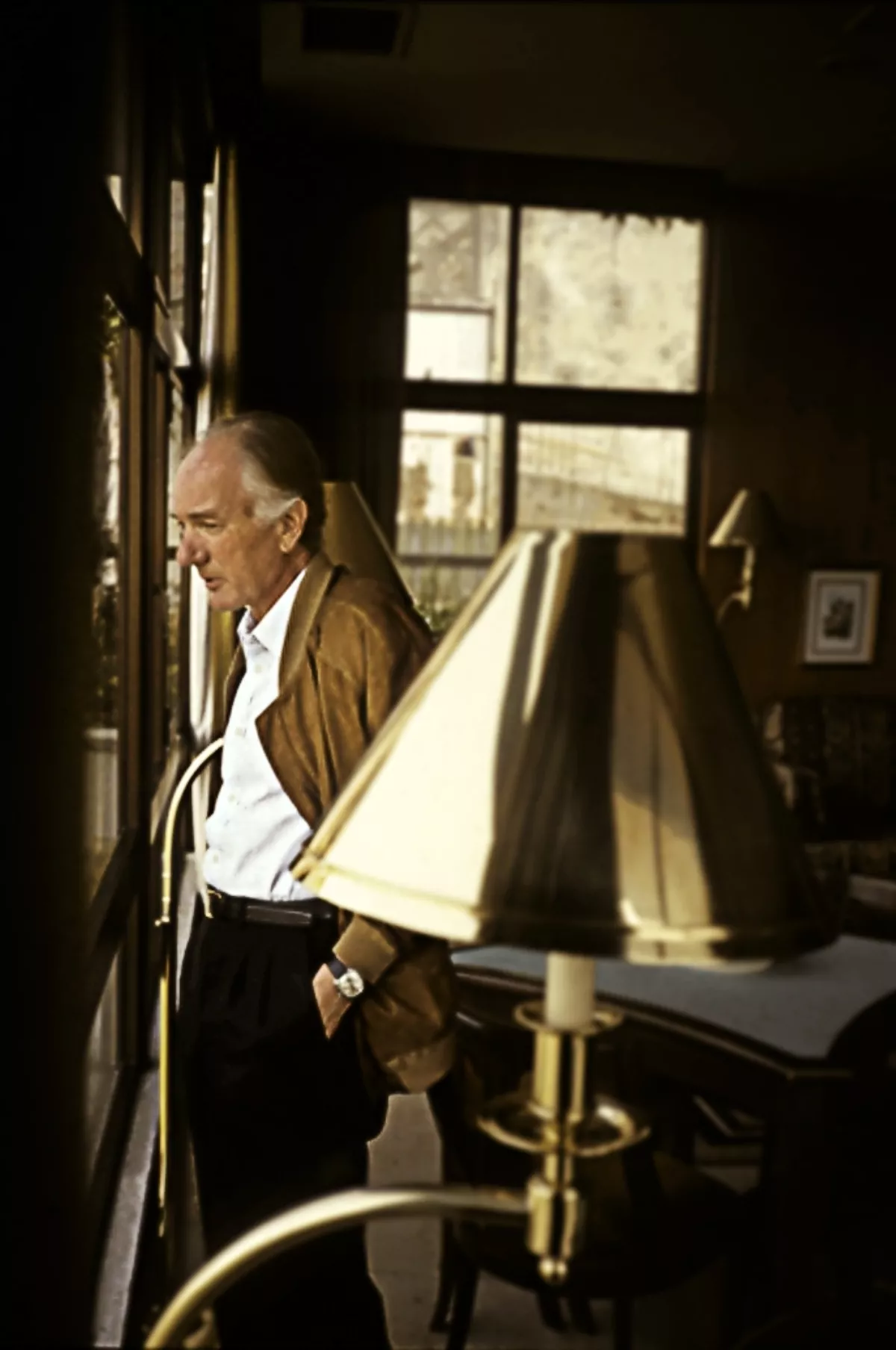 1.
1. Thomas Bernhard explored themes of death, isolation, obsession and illness in controversial literature that was pessimistic about the human condition and highly critical of post-war Austrian and European culture.

 1.
1. Thomas Bernhard explored themes of death, isolation, obsession and illness in controversial literature that was pessimistic about the human condition and highly critical of post-war Austrian and European culture.
Thomas Bernhard developed a distinctive prose style often featuring multiple perspectives on characters and events, idiosyncratic vocabulary and punctuation, and long monologues by protagonists on the verge of insanity.
Thomas Bernhard was closest to his grandfather, the novelist Johannes Freumbichler, who introduced him to literature and philosophy.
Thomas Bernhard influenced the Austrian vernacular and a younger generation of Austrian writers including Elfriede Jelinek.
Thomas Bernhard died of heart failure in his apartment in Gmunden, Upper Austria, in February 1989.
Thomas Bernhard was born on 9 February 1931 in Heerlen, the Netherlands, where his unmarried Austrian mother, Herta Bernhard, worked as a maid.
Thomas Bernhard was miserable in the Nazi school system where he was required to join the Deutsches Jungvolk, a branch of the Hitler Youth, which he hated.
In 1947, Thomas Bernhard left school to start an apprenticeship with a grocer.
Thomas Bernhard took private singing lessons and aspired to become an opera singer.
Thomas Bernhard stayed in various hospitals and sanatoriums until January 1951.
Thomas Bernhard's grandfather died in 1949 and his mother died of cancer the following year.
In 1950, while staying at the Grafenhof sanatorium in Sankt Veit im Pongau, Thomas Bernhard met Hedwig Stavianicek, a wealthy heiress who was more than thirty-seven years his senior.
Thomas Bernhard later called her his Lebensmensch.
Thomas Bernhard cared for her in her home in Vienna in the last months of her life in 1984.
From 1951 to 1955, Thomas Bernhard worked as a court reporter and cultural journalist for the Salzburg newspaper Demokratisches Volksblatt.
Thomas Bernhard continued his private singing lessons and had poems and short stories published in the Volksblatt and other publications.
From 1956 to 1960, Thomas Bernhard was associated with the literary and cultural groups centred on the magazine Stimmen der Gegenwart and the composer Gerhard Lampersberg and his wife, the singer Maja Lampersberg.
From 1960 to 1963 Thomas Bernhard travelled extensively in Austria, England and mainland Europe.
Thomas Bernhard's poetry received little critical attention but Frost sparked controversy and divided critical opinion.
In 1965, Thomas Bernhard bought a disused farmhouse in Obernathal, Upper Austria.
In 1967, after completing his second novel Gargoyles, Thomas Bernhard had surgery to remove a tumour from his lungs and spent several months recovering in the Baumgartnerhohe sanatorium.
When Thomas Bernhard was awarded the Grillparzer Prize for the same play in 1972, he staged a protest because the organisers of the ceremony did not recognise him and escort him to his seat.
Thomas Bernhard's plays The Ignoramus and the Madman and The Force of Habit: A Comedy premiered at the Salzburg Festival, The Hunting Party and The President premiered at the Vienna Burgtheater, and Minetti, Immanuel Kant and The Eve of Retirement premiered at the Stuttgart Staatstheater under Peymann.
In 1978, Thomas Bernhard was diagnosed with sarcoidosis and a terminal heart complaint.
In 1979, Thomas Bernhard resigned from the German Academy for Language and Literature when it made the former West German president Walter Scheel an honorary member.
Thomas Bernhard frequently engaged in public controversies, writing letters, opinion pieces and satirical sketches for newspapers and magazines in which he attacked politicians, public figures and European culture.
Thomas Bernhard was often criticised as a Nestbeschmutzer but preferred to call himself a troublemaker.
Thomas Bernhard died of heart failure in his apartment in Gmunden on 12 February 1989.
Thomas Bernhard's work presents a pessimistic view of the human condition in which death is an inescapable presence.
Thomas Bernhard depicts a postwar Austria steeped in cultural pretensions, antisemitism, denial of its Nazi past and devotion to a morally bankrupt Catholicism.
Thomas Bernhard's protagonists are often engaged in failed intellectual and artistic projects in a futile and destructive attempt to achieve perfection and thus transcend death.
Thomas Bernhard developed a distinctive prose style which is often described as musical, emphasising the rhythms of Austrian German, repetition of key phrases, and variations on recognisable themes.
Thomas Bernhard's works are known for their distinctive punctuation and vocabulary.
The tone of Thomas Bernhard's work is often described as satirical, ironic, polemical and unsentimental.
Thomas Bernhard's pessimism is often undercut by comedy and black humour.
Thomas Bernhard is widely considered one of the most important German-language writers of the second half of the 20th century.
Thomas Bernhard wrote 18 full-length plays, many of which premiered at leading German-language venues including the Deutsches Schauspielhaus in Hamburg, the Salzburg Festival and the Vienna Burgtheater.
Thomas Bernhard's plays polarised audiences and critics and often caused media and political controversy for their pessimism and polemics against Austrian and European culture and institutions.
Thomas Bernhard's collected works were published in 22 volumes from 2003 to 2015.